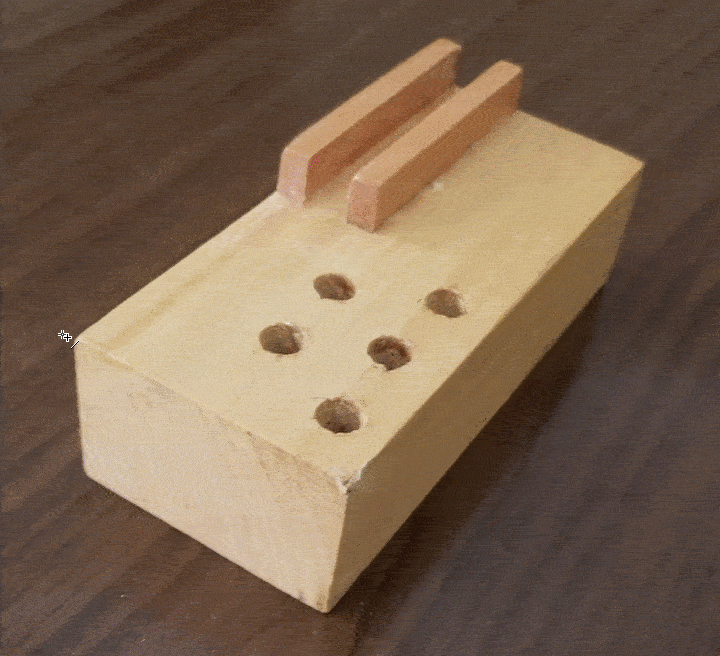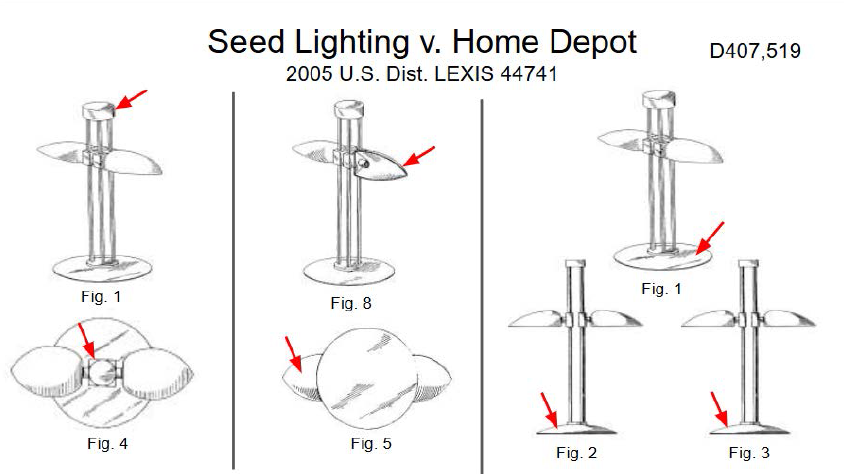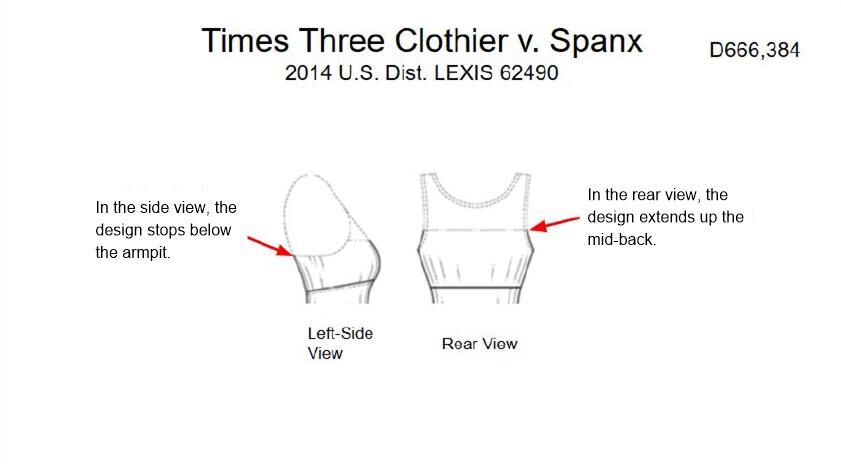In the realm of design patents, the accuracy and consistency of drawings are paramount. However, manual drawing practices, such as image-tracing-based drawing creation, parallel-lines shading, and manual conversion of solid to broken lines, can expose patents to significant risks, including rejection or invalidation. Two notable cases, Seed Lighting v. Home Depot and Times Three Clothier v. Spanx, highlight the potential pitfalls of manual drawing errors.

Seed Lighting Design Co. v. Home Depot
In this case, a lamp design patent application was entirely sunk by deficient drawings. The defendant’s industrial design expert pointed out numerous mistakes and ambiguities in the patent drawings, leading to the inventor’s admission that even he could not determine the precise scope of the patent. Issues included inconsistencies in object configurations across views and shading inconsistencies. For example, the disk at the top of the lamp was depicted with different dimensions in different figures, and the base of the lamp was shown as both a thin, flat disk and a raised, domed shape in different views.

Times Three Clothier v. Spanx
In this case, Times Three Clothier filed suit against Spanx, alleging design patent infringement. However, Spanx argued that the design patents were indefinite and therefore invalid due to inconsistencies in the drawings, particularly in the manual conversion of solid to broken lines. The court agreed with Spanx for two of the design patents, finding a “fatal inconsistency” in the claimed design. Specifically, the claimed portion of the rear view extended higher up the wearer’s back than the claimed portion of the side view, indicating an inconsistency in the scope of the claim.

Conclusion
These cases underscore the importance of precision and consistency in design patent drawings. To mitigate the risks associated with manual drawing errors, we recommend the following best practices:
- Use a 3D model-based drawing process: Drawings generated directly from a 3D model virtually eliminate the possibility of human error. Software controls the proper appearances of all objects and the distinction between broken and solid lines across all drawing views, guaranteeing accuracy and consistency.
- Employ Stipple Shading technique: This technique, when software-generated, ensures that shading is not manually applied by a human, thereby guaranteeing accuracy and consistency of shading across all drawing views.
By adhering to these practices, patent applicants and drafters can significantly reduce the likelihood of ambiguities and inconsistencies that jeopardize the validity of design patents.
References:
Carani, C. V. (2015). 2015 WSPLA CLE Presentation. Retrieved from https://wspla.org/wp-content/uploads/2015/10/2015-WSPLA-CLE-Presentation-FINAL-Carani-10-1-15_web.pdf
Ferrill, E. D. (n.d.). Inconsistent Girdles Present Major Hurdles: Poor-Quality Drawings Lead to Invalid Design Patents. Retrieved from https://www.finnegan.com/en/insights/articles/inconsistent-girdles-present-major-hurdles-poor-quality-drawings.html
Recommended Webinars
Delve deeper into the topics discussed in this article by attending our webinars. These sessions provide further insights and offer the chance to interact with experts in design patent drafting and illustration.
- Design Webinars: Avoiding Non-Correctable Errors in Design Patents:: Discover how to avoid non-correctable errors in design patents and ensure the success of your applications in this informative webinar by IP DaVinci.
- Design Webinars: Handling Advanced Scenarios in Design Patents: Explore strategies for handling advanced scenarios in design patents in this insightful webinar by IP DaVinci, enhancing your ability to navigate complex cases.
- Design Webinars: Cost and Time Saving Tips for Design Patent Drawings: Learn cost and time-saving tips for design patent drawings in this practical webinar by IP DaVinci, aimed at streamlining your patent application process.
Provide Feedback
We value your feedback! Let us know how we can improve or what topics you’d like to see next.
Connect with Mike
Have questions or need support? Connect with Mike for personalized assistance.
Share Your Experience
Found our series helpful? Share it with your network and help others benefit too!
Leave a Reply
You must be logged in to post a comment.